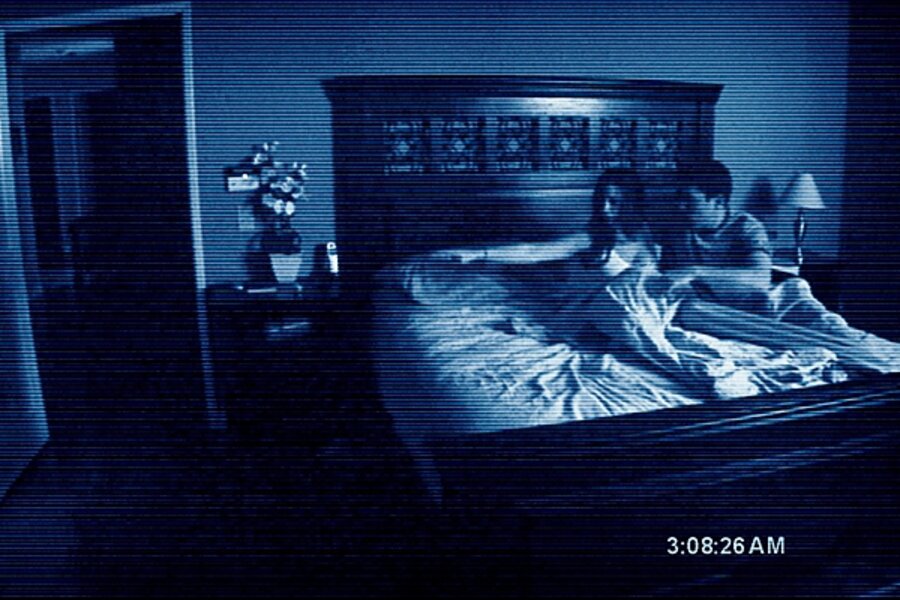How 'Paranormal Activity' became the most profitable movie ever
If "Paranormal Activity" the ultra-low-budget, documentary-style horror flick that surprised box-office watchers by coming in No. 1 this past weekend, were a stock, it would be a Google share times 675.
First-time director Oren Peli spent just $15,000 making the film, which has so far grossed more than $65 million in the US and Canada. That's a record-breaking rate of return of more than 433,000 percent.
The Wrap's Daniel Frankel crunches the numbers, noting that the the previous record holder, "The Blair Witch Project," cost $60,000 to produce and garnered a 414,000 percent return on investment. By comparison, "ET: The Extra-Terrestrial" returned a measly 7,541 percent return.
So how did Paramount, which distributed the film, manage to get such an astounding bang for their buck?
Step 1: Use the Interblags
The movie's Facebook page has over 125,000 fans. Not too shabby, but it pales in comparison to the more than one million fans flocking to "Transformers: Revenge of the Fallen." "Paranormal Activity," also has more than 8,000 followers on Twitter. Again, this is impressive, but Fake Michael Bay still has more.
The real genius was in the way the film's distributors let the fans decide in what cities the movie would be shown. As the New York Times reported last month, Paramount, after initially releasing the film in 13 college towns, then set up a page on Eventful, that invited moviegoers to "Demand it!" in their town. As more and more "demands" rolled in, the studio gradually widened the release.
Students of social psychology will recognize this approach as not just a good way to gauge viewer interest, but also as a way to influence it. People have a general desire to be consistent in their behavior, and by having someone make the small, initial commitment of clicking on a button makes that person more likely to follow through and go see the film.
Step 2: Don't spend too much
The key to having an astronomical return on investment is to start off with a tiny principal. Director Peli shot the movie using unknown actors in his own home, which he renovated for the occasion. The whole thing cost $15,000, and he got some hardwood floors and a new stairwell out of it.
By comparison, if, say "Saw VI," which cost $11 million to produce, were to make a comparable return on investment, it would have to gross almost $50 billion, which is about 25 times what "Titanic," the highest-grossing film ever, brought in.
Step 3: Don't factor in the marketing budget
Even though the film cost only $15,000, Paramount spent about $10 million attempting to let people know about the film. That's not a lot by Hollywood studio standards, but if you factor it into calculating your return on investment, it sort of ruins the whole thing.
Anyway, here's the trailer:





